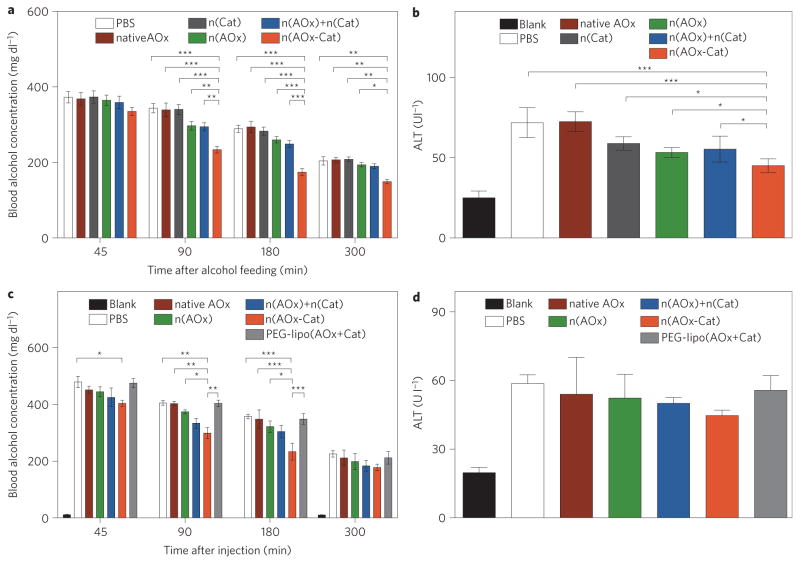Figure 4. Efficacy of n(AOx–Cat) as a prophylactic and antidote for alcohol intoxication.
Animals in the ‘Blank’ group were fed with a normal diet without alcohol and were used as the baseline group. There were four mice in each group. Data are presented as mean±standard error of the mean (s.e.m.) and the significance levels are *P<0.05, **P<0.01 and ***P<0.001. a,b, BAC (a) and ALT (b) in mice after gavage with an alcohol diet containing PBS, native AOx, n(Cat), n(AOx), a mixture of n(AOx) and n(Cat), or n(AOx–Cat), with equivalent amounts of enzymes. The amounts of AOx and Cat were fixed at 65 μg and 21μg, respectively, and the alcohol dosage was fixed at 6 mg ethanol per gram bodyweight. c,d, BAC (c) and ALT (d) of intoxicated mice after injection with PBS, native AOx, lipo(AOx+Cat) or n(AOx–Cat). Thirty minutes before injection, mice were gavaged with the alcohol diet at 6 mg ethanol per gram bodyweight. The volumes of PBS and enzyme solutions injected were maintained at 150 μl. The dose of enzyme injected was maintained at 65 μg AOx or 21 μg Cat per mouse. Three mice were used in each group.

